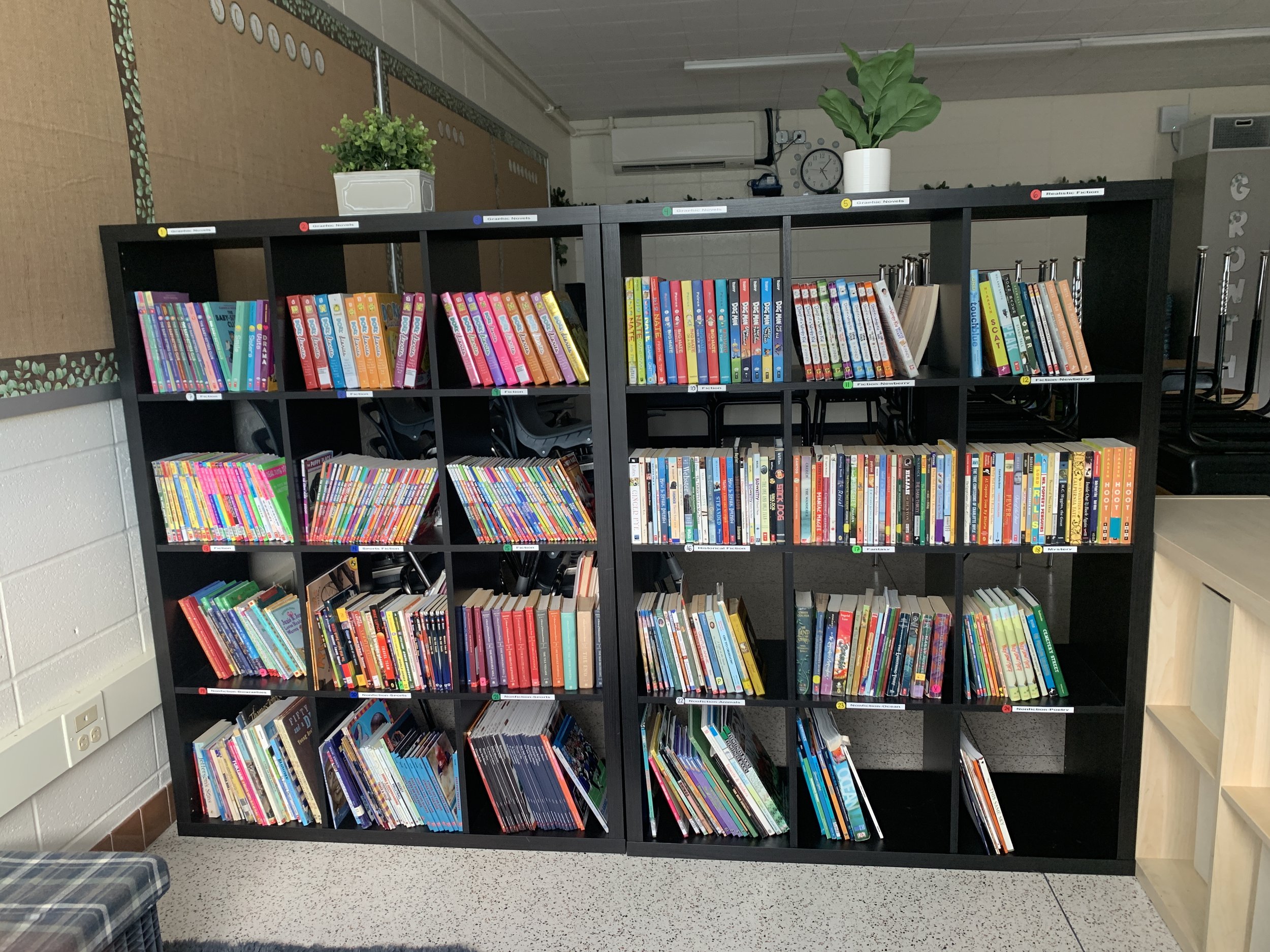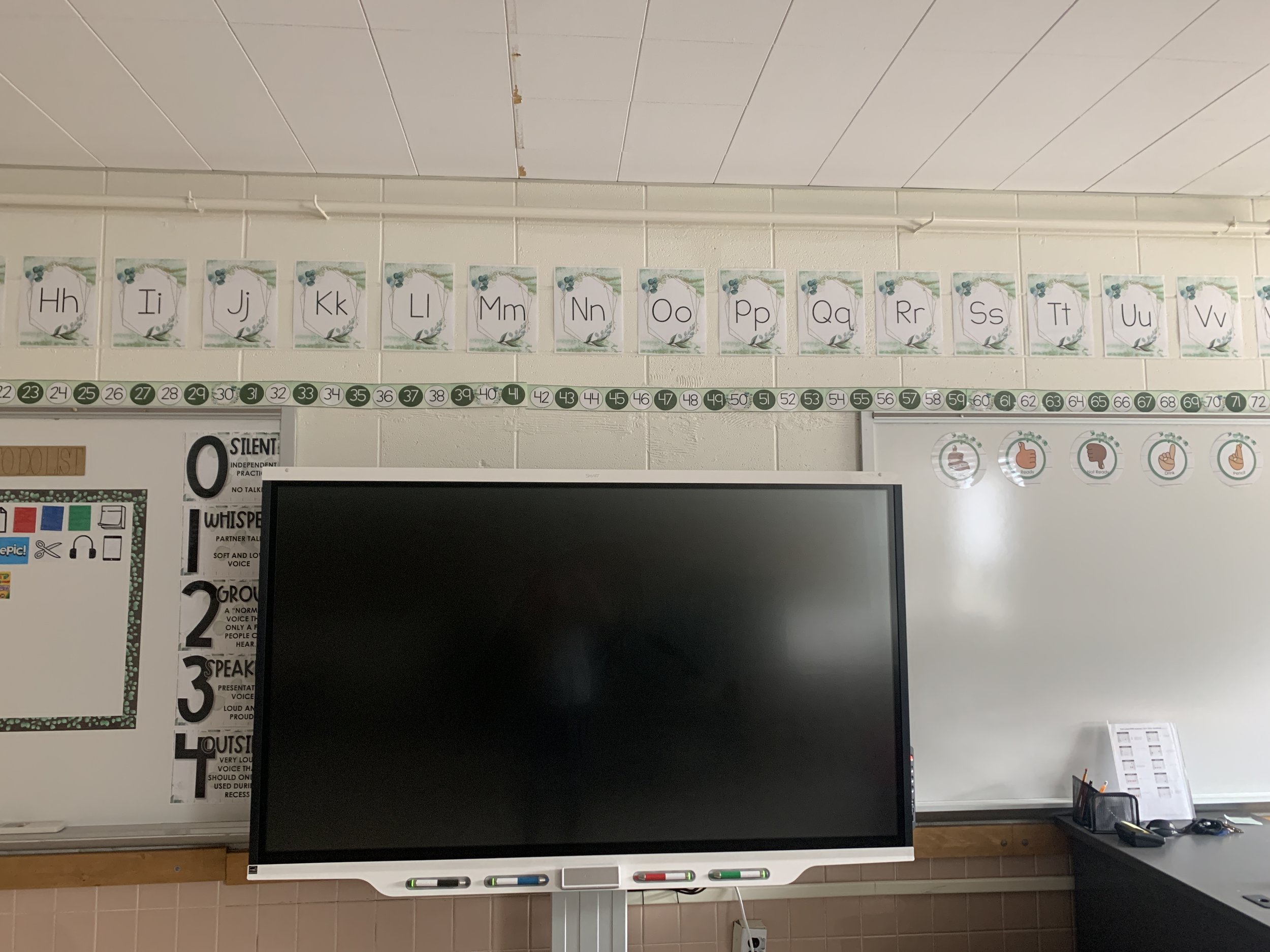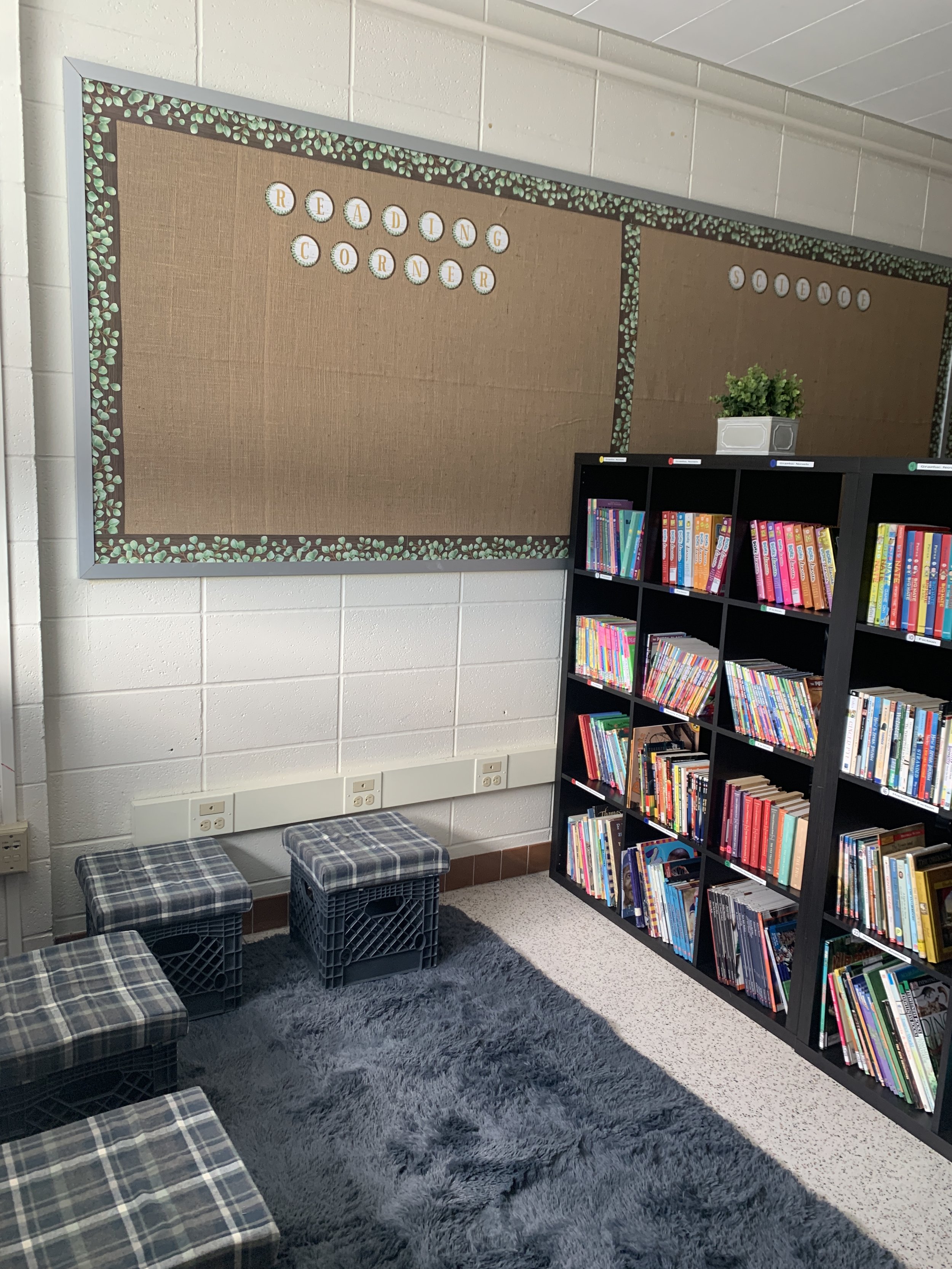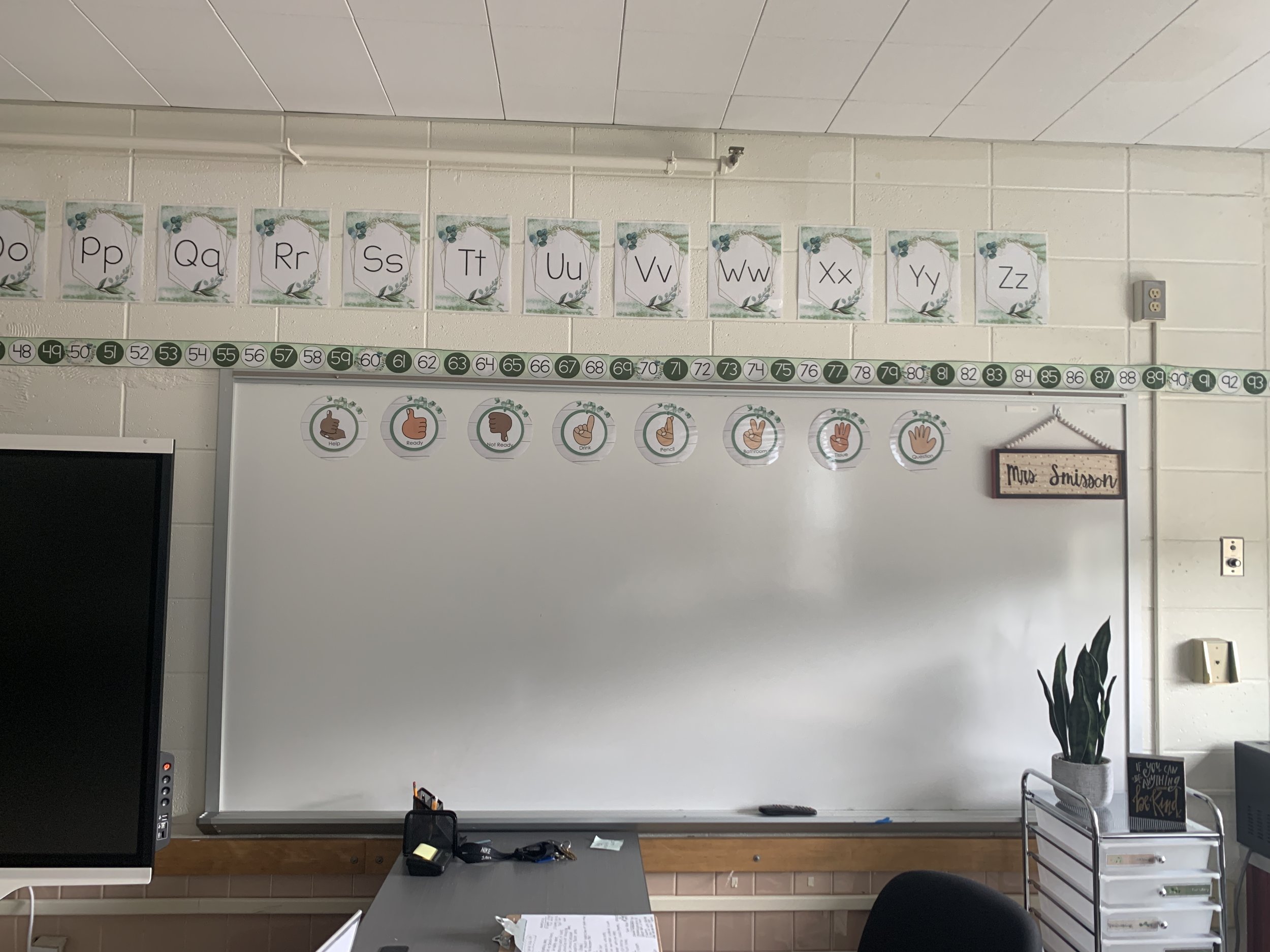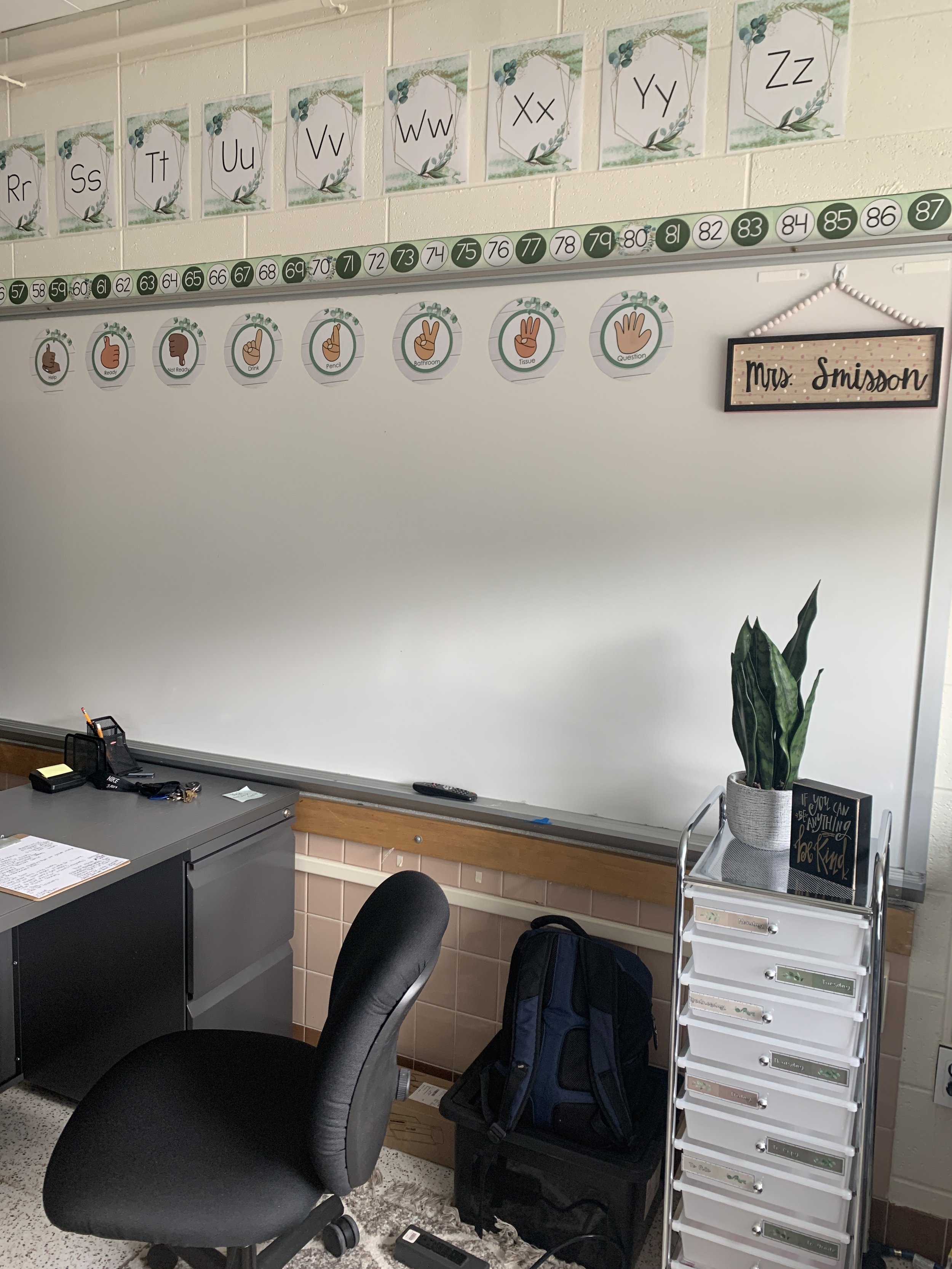Creating a Welcoming, Safe Classroom Environment
You did it — you received your TESOL certificate and are excited to embark on your journey of being an educator! You step into your calling with a class of students whom you are ecstatic to meet and whom you look forward to building relationships with. And that is when you realize you should perhaps begin to think about your classroom space and how you can make your students feel welcomed and safe on their first day of class with you as their teacher.
Every teacher needs a space to teach. It may be an office space set up to teach students remotely, an open-air classroom in a refugee camp, or a classroom space within a church or other building. Each teacher will have to decide for themselves their budget and the resources that would be best suited to their specific classroom environment. Teachers must ponder how they can creatively design their classroom space to meet their students' unique emotional and learning needs.
This past year, I had the challenging but exciting chance to create a welcoming classroom environment for twenty students in the inner city of Minneapolis, Minnesota. I want to share with you the tips and resources I used to create a space for my students, many of whom were Somali refugees.
“Our aesthetic environment has a big impact on the way that we feel. And, the way we feel has a big impact on our attitude and mindset to learning.”
1. Think about the representation of cultures within your classroom
One of the components of creating a welcoming space for students is thinking about who the students are. Considering students' culture is one of the best places to start. Even with a very tight budget, there are simple and creative ways that teachers can represent their students within the classroom.
When you think of who the students are, there are so many cultural aspects to consider — language, food, dress, and Holiday customs — and those are just a few things that are visible at the top of the cultural iceberg. While creating a culturally relevant space for students, considering the whole cultural iceberg is imperative. However, while designing the physical space, the top of the iceberg is a great place to start.
Students need to see themselves physically represented in the classroom space. I have physically represented different cultures in my classroom by evaluating what I put on my walls with carefully selected resources. I have learned to ask myself questions while designing my classroom space. For example, did I include multiple skin tones, languages, perspectives, etc.? When my students walk into my class, will they see aspects of their culture represented?
This past year, I represented the four languages my students spoke by placing a chalkboard in my classroom window that reads ''welcome" in Arabic, Somali, English, and Spanish. I also used nonverbal signal posters that included multiple skin tones. Finally, I posted inspirational quotes by famous people of different ethnicities and perspectives.
2. Keep it Simple!
Numerous studies reveal how the brain interacts with our visual environment while learning. Studies have shown that students learn better in environments that aren’t too colorful or visually loud. The brain can become easily overwhelmed by disorganization or too much visual stimulation. Special Education students, in particular, benefit from a classroom environment with a calm aesthetic.
A best practice I learned through my teaching experiences is to keep the classroom visually simplistic and peaceful by picking one color to complement other neutral tones. I chose green because I desired a tranquil color scheme. I also loved how I could supplement touches of nature — plants and greenery that brought a forestial feel to the environment.
Another tip I have implemented is keeping anything students will not need access to daily out of eyesight. For example, extra school supplies, resources, curriculum, manipulatives, or teacher office supplies were either in a cabinet or enclosed space. I used my built-in bookshelves to store many supplies. However, since students wouldn’t need access to what was on the shelves, I used tension rods and black curtains to block out the busyness of colorful supplies.
3. Community Values Posted!
Classroom Values and Community Norms are essential in designing a safe physical and emotional environment for students. First, decide whether students will be included in creating these values. I have found that scholars often feel empowered and have a sense of ownership for their actions when they share what they value in a learning community. Next, be creative in making a poster with the final draft of community values. Finally, be sure to post the list of Community Norms somewhere that is easily visible to students and accessible to the teacher. I have found that the front of the classroom is a great place to put them!
4. Intentional Visuals
Intentionally placed academic resources will enhance your students’ learning experience. It is once again key to think about who the students are. Are they younger, older, a variety of ages, students with special needs or accommodations, and what are their English proficiencies in reading, writing, speaking, and listening?
One accommodation I have found to help beginning-level English language learners is placing an enlarged alphabetical line towards the front of the classroom. The alphabetical line allows students a visual reference point while learning the alphabet and how to write and sound out letters. Having a visual alphabet posted empowers students to be more independent while completing writing assignments.
It is also wise to have a bulletin board or whiteboard space dedicated to academic learning. Teachers get to be creative in how they organize this. One idea is to split a bulletin board into the four macro skills: Speaking, Listening, Reading and Writing. The teacher could add content-related posters relevant to a specific macro skill under the respective category. It also may be helpful to have an area dedicated to daily or weekly academic vocabulary. Finally, consider posting daily visual schedules and learning objectives. These help teachers stay accountable for the time spent on specific content areas and provide a map for students of what to expect.
5. Touches of “Comfort”
Although not a top priority, if your budget allows, adding some touches of comfort throughout your classroom will enhance your learning environment. Touches of comfort are as simple as a fuzzy rug in your classroom library, flexible seating for students, or warm string lights. Calm instrumental music can also add a comforting ambiance. Be creative and remember that teachers can create a safe, welcoming atmosphere through love and care for students — it isn't all about the physical space!
